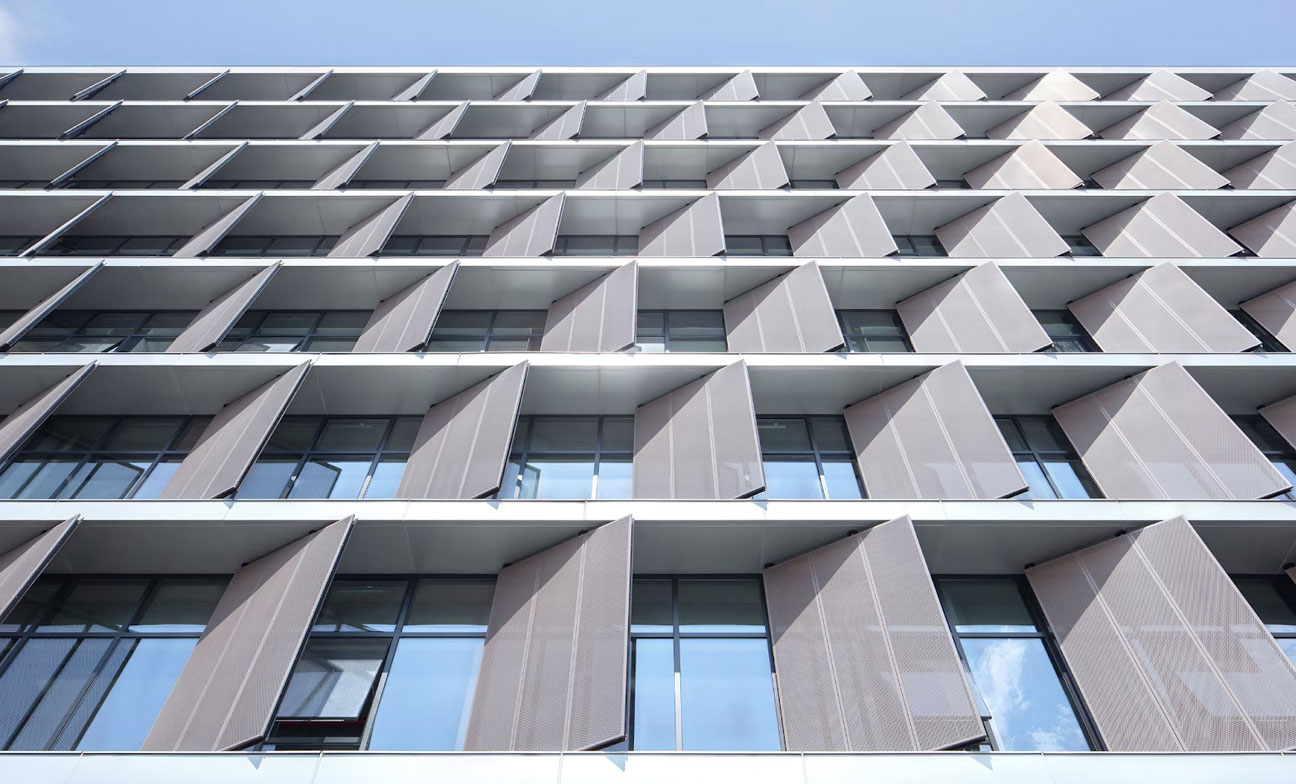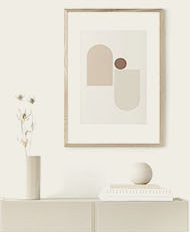
How to Select Building Facade Materials for Your Project?
Facades envelop a building in a comforting blanket that makes the interiors more functional and the exteriors more beautiful. Architects use the facade as a medium to communicate with the viewer. As the most striking elevational feature of a building, facades constitute a generous play of solids and voids. Historically, building facade materials were just concrete, stone, and wood but with the advancement in technology, architects have become experimental with their material choices. The use of computational softwares has eased the process of exploring a variety of options for building facade design.
Design and Functional Significance of a Building Facade
Source: Rethinking the Future
Building facades are non-structural members that do not take the load of the building. However, they are helpful in sustaining lateral forces. Typically, facades are an independent frame fixed in galvanized iron or an aluminum structure. The facade is installed in place with stainless steel components, rubber gaskets, sealant, silicon gel, metal screws, and beams. While designing a facade an architect begins with thinking about how to invite light and wind into the structure while maintaining a good building appearance.
Selecting the Right Building Facade Materials
Source: AluDecor
The process of selecting building facade materials involves the opinion of multiple stakeholders such as developers, building occupants, contractors, and the designer themselves. Further, the environmental impact of the facade should be discussed at length before procuring the building exterior materials.
Material Durability
The lifespan of a material is an important consideration for measuring its feasibility to construct a building facade. So, it is ideal to go for a material that has good durability and is priced reasonably. It is ideal to look at the functional performance and strength of the material before finalizing it.
Health and Security
The impact of the building facade material on the health of the occupants and the environment is an important selection criteria. This implies that the building facade design should be such that it helps improve people’s quality of life. The voids on the facade should be strategically placed to maintain the privacy of the people in the building.
Maintenance
Cleaning and maintaining the building facade are important considerations for mapping its durability in the long run. A facade that has inaccessible corners and voids would be difficult to clean. Hence, the building facade material should be such that it does not need frequent cleaning and can be easily reached for maintenance.
Cost of the Material
Material prices make all the difference when selecting building facade materials. The quality of the material should not be compromised for its affordability and vice versa. The procurement team should be well researched about the aesthetic quality and properties of every shortlisted material and draw comparisons before taking the final call.
Top Building Facade Materials on Archizy
Explore the best building facade materials listed on Archizy, order samples, get your queries directly resolved from the manufacturer. and procure them in bulk.
Weathertex Selflock Ecogroove Natural by Beautex Wood
When the Natural surface is stained, the look of fresh brown timber is maintained. When allowed to weather naturally, the depth of color will vary, subject to location and sun exposure. Weathertex is the only timber product to be covered by a 10 year warranty not to rot, split or crack.
Weathertex EcoWall Natural by Beautex Wood
EcoWall is one of the most durable, high impact and versatile types of panel available. The possibility of both vertical and horizontal express jointing lends flexibility to the pattern of your choice. Whether a modern architecturally designed home or a large commercial project the decorative applications are unlimited.
Weathertex Weathergroove Natural by Beautex Wood
The new Natural range is a natural unprimed architectural wall panel, which provides a unique appearance with the characteristics and look of raw, undressed timber. The Natural surface is pressed to create a woodgrain effect. The rough deep cut pattern of this unique architectural panel system shows all the knots, cracks and imperfections of natural timber.
Final Word
Building facades provide architects with the opportunity to hide the non-aesthetic features and private spaces of a building which would otherwise have been publicly visible. Hence, it is important to select facade materials that look good as well as serve the desired purpose. The selected material should enhance the building’s performance and make it sustainable in the long run














